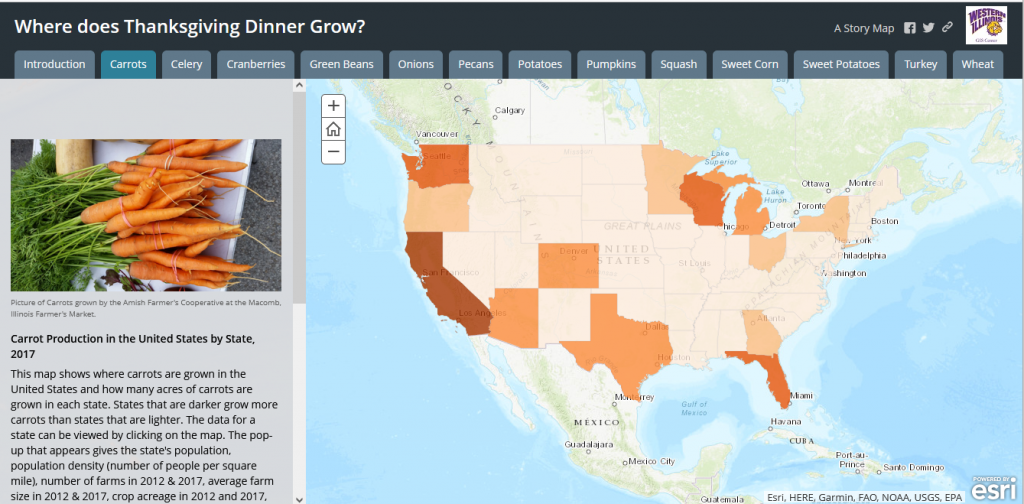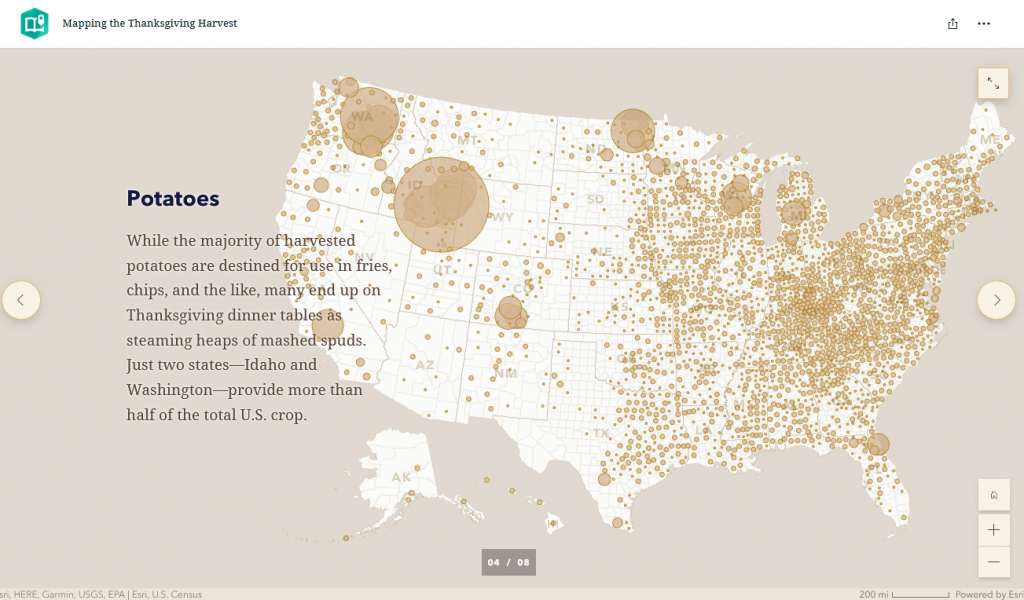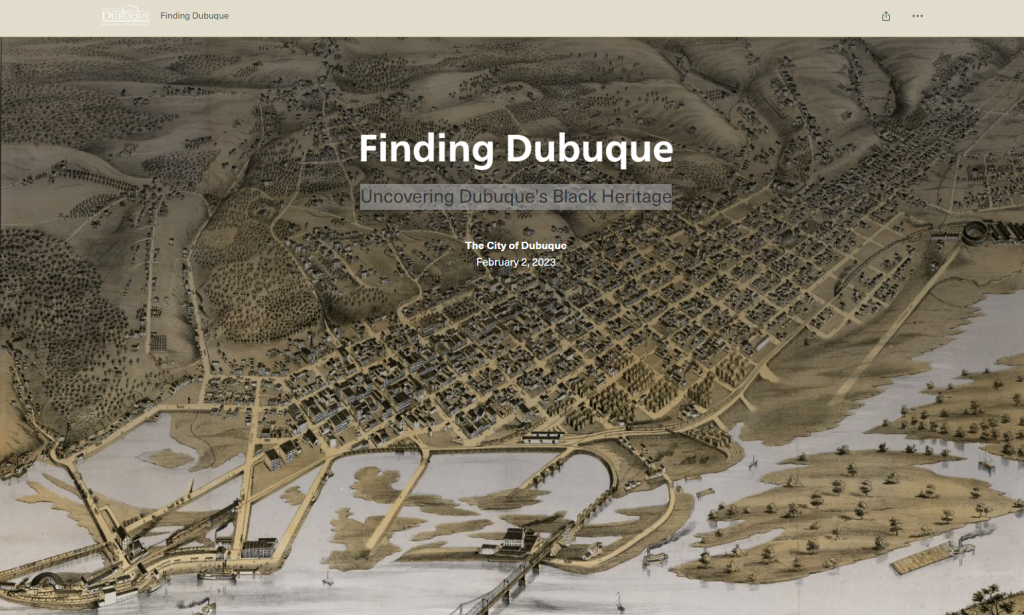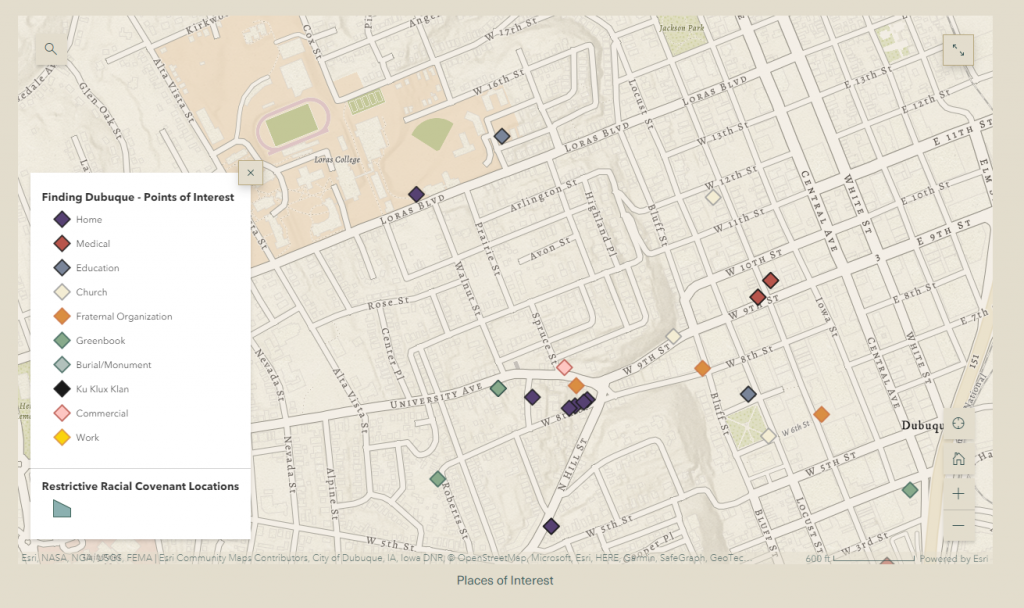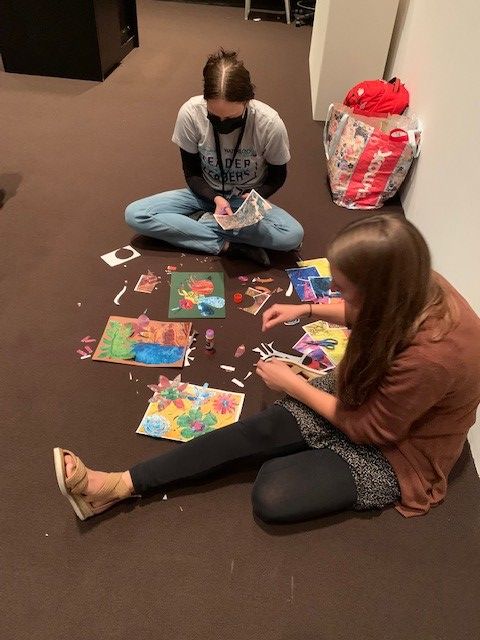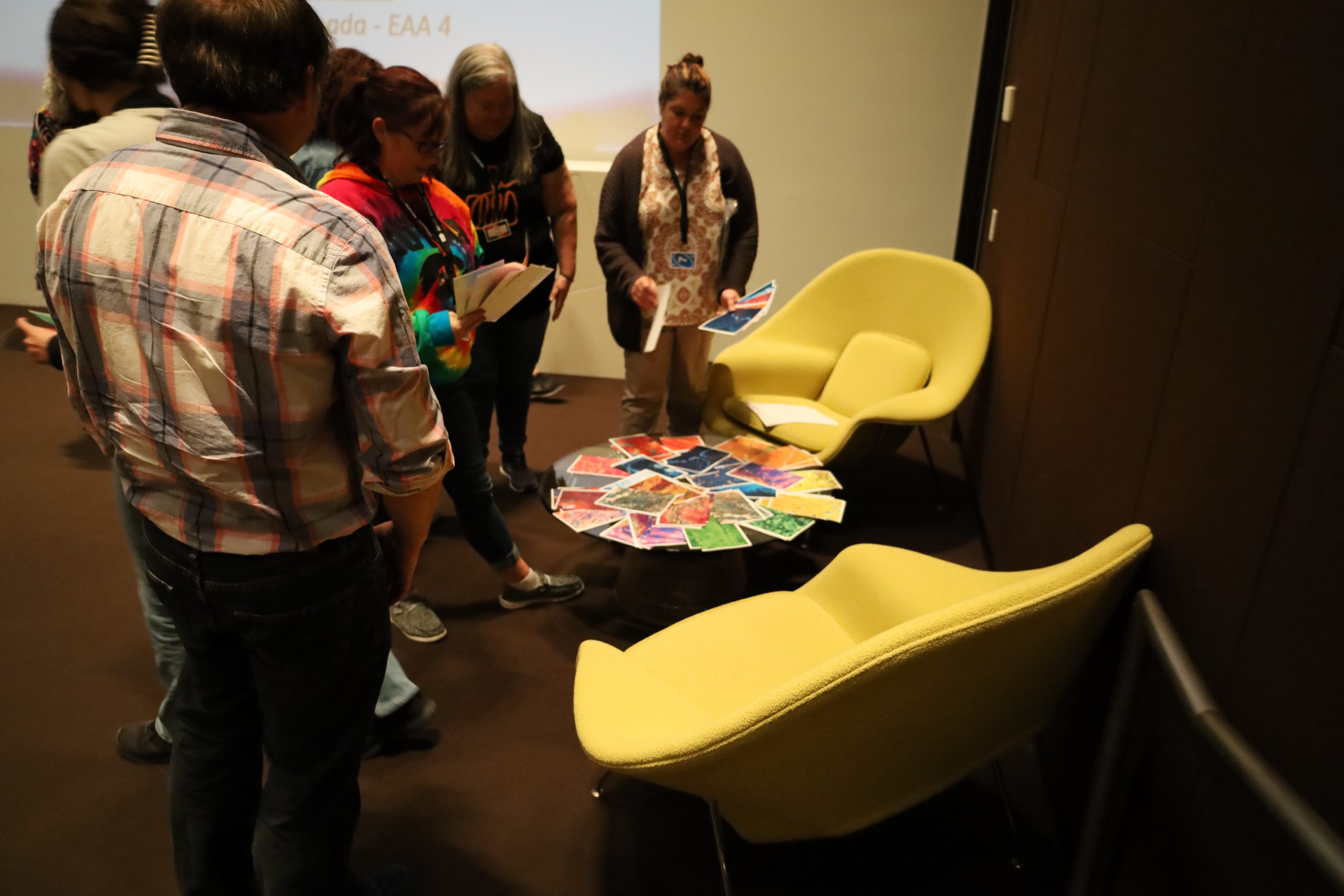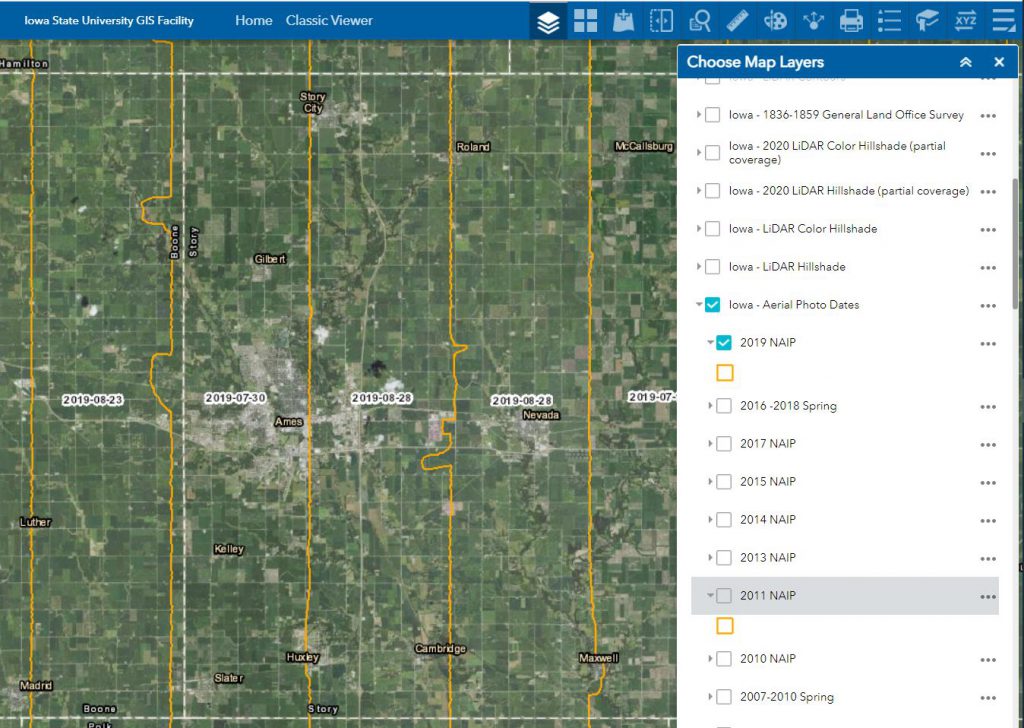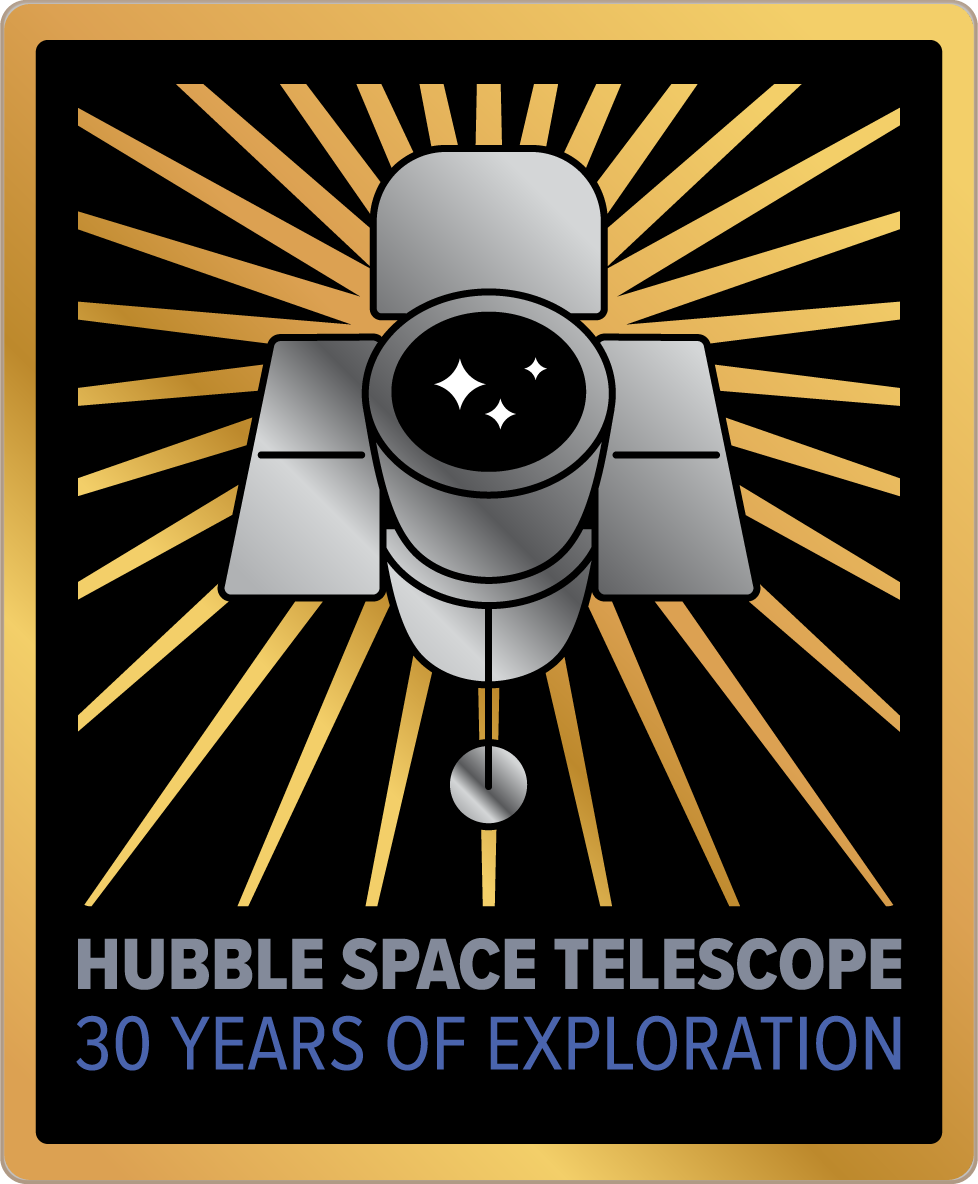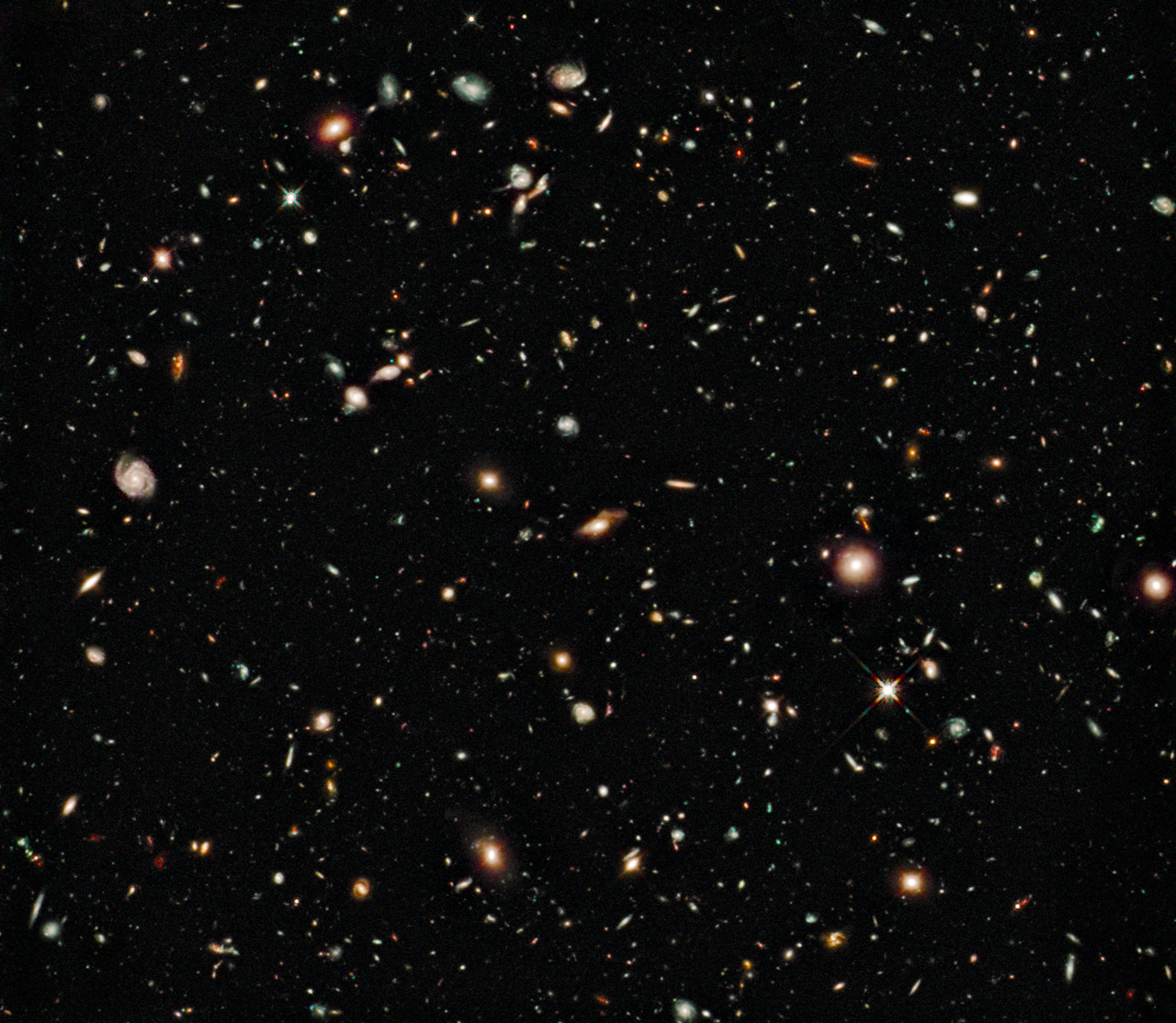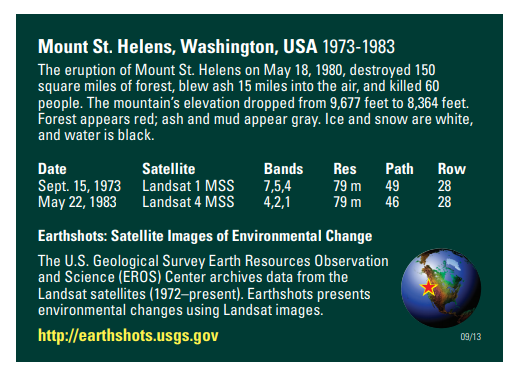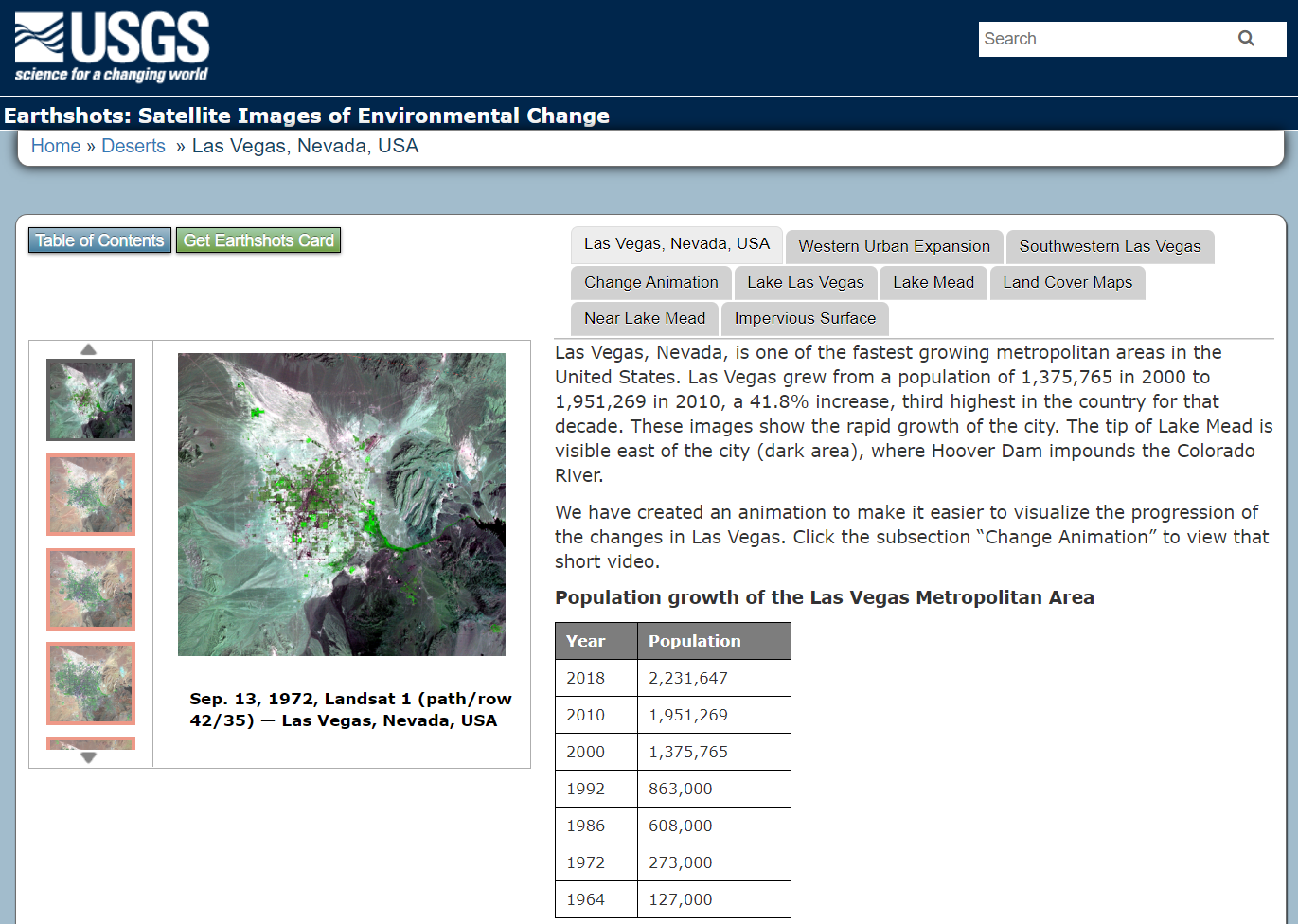What can I do to celebrate World Water Day?
LEARN | SHARE | ACT
LEARN
One way to celebrate World Water Day is to learn more about water and sanitation and how water quality and quantity vary by nation. The United Nations has a powerful tool called UN Water that provides an interactive map with snapshots of each country with a ranking of various water quality and water treatment issues.
In the United States, we are fortunate that a large majority of the US population has a safe, sanitary source for drinking water and that wastewater is safely treated. This is not the case everywhere.

Learn some world water facts:
UN Water Facts Sheet: https://www.unwater.org/sites/default/files/2025-01/UN-Water_Water_Facts_one_pager_January_2025.pdf
2025 World Water Day Fact Sheet: https://www.unwater.org/sites/default/files/2025-02/WWD2025_Infographic_ENG.pdf
UN World Water Development Report 2025: https://unesdoc.unesco.org/ark:/48223/pf0000393070
SHARE
Another way to celebrate World Water Day is to share the information that you learn with other people. Sharing knowledge is an important way to help spread awareness of the need for access to clean water. You can also share this information through social media.
Key messages for World Water Day 2025
- Glaciers are melting faster than ever. As the planet gets hotter due to climate change, our frozen world is shrinking, making the water cycle more unpredictable and extreme.
- Glacial retreat threatens devastation. For billions of people, meltwater flows are changing, causing floods, droughts, landslides and sea level rise, and damaging ecosystems.
- Glacier preservation is a survival strategy. We must work together to reduce greenhouse gas emissions and manage meltwater more sustainably for people and the planet.
Here is a link with great resources from the United Nations Team: https://www.un.org/en/observances/water-day/resources
ACT
Here are some examples of things you can do to raise awareness and inspire action to preserve glaciers and adapt to a changing climate:
- Contribute to a citizen science project such as The GLOBE Program or Nature’s Notebook to help track changes in your local environment
- Protect and save water by keeping it clean of harmful chemicals and conserving the water you use at home.
- Clean up trash in a local waterway or waterbody.
- Read the The Lazy Person’s Guide to Saving Water.
- Do you have what it takes to be a UN Water Wizard Super Hero?
The Lazy Person’s Guide to Saving Water!!!






